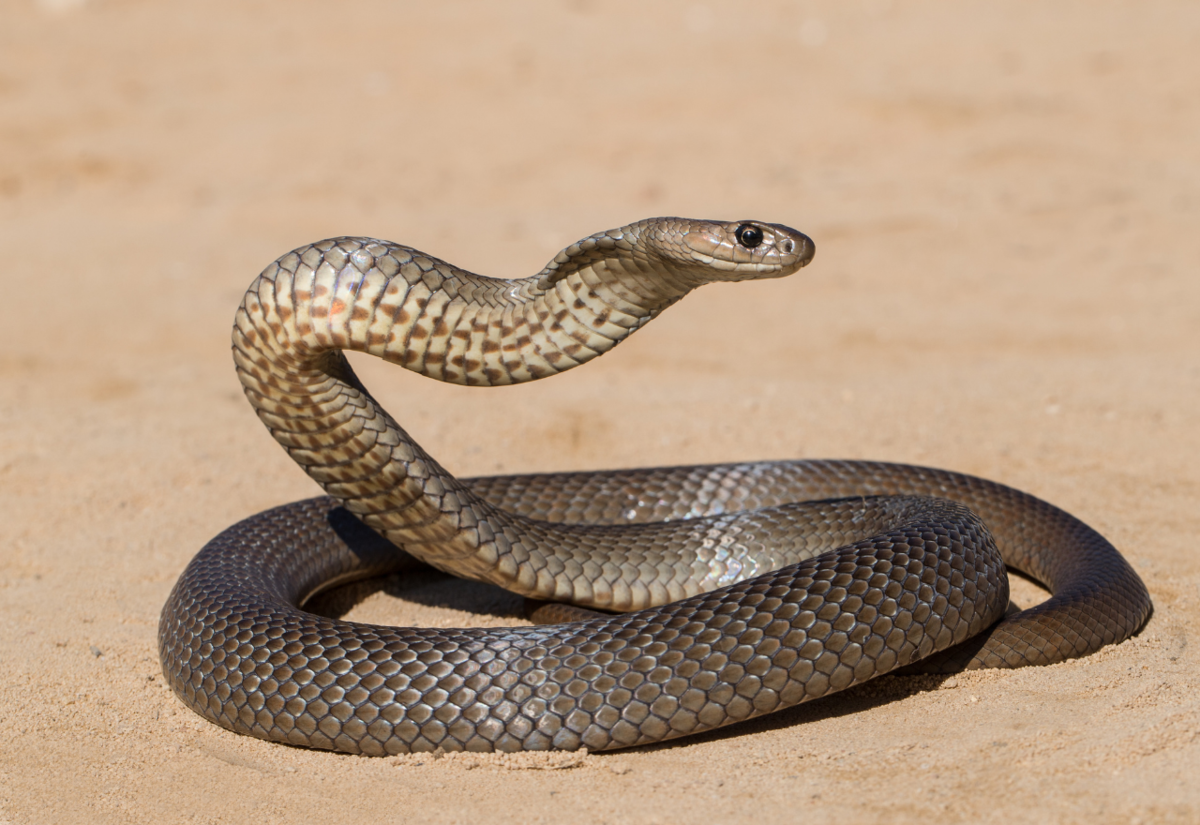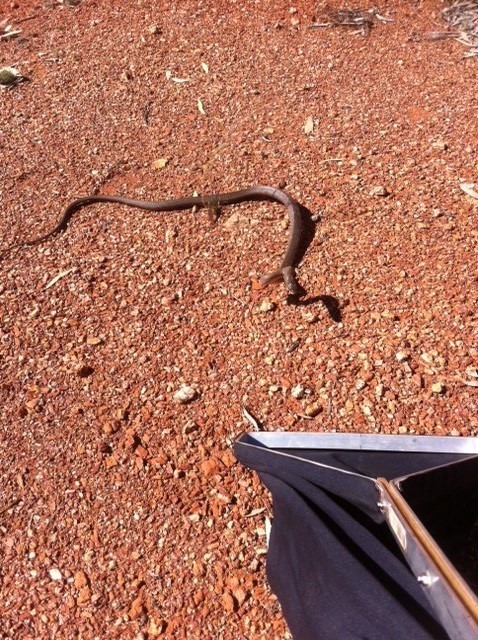Snakes slithering back to high activity
Oliver Brown
11 November 2021, 8:10 PM
 Western Plains residents are being urged to be vigilant for snake activity over the next couple of months as warmer weather returns to the regions.
Western Plains residents are being urged to be vigilant for snake activity over the next couple of months as warmer weather returns to the regions.AS RURAL weather begins heating up again, regional residents are being warned to keep an eye out for snakes which typically emerge from hibernation and start their breeding season this time of year.
With the most commonly found species in rural NSW being the eastern brown snake, the second most deadly in the world, snake catchers say it is imperative to follow the right procedure if you see one.
Coonamble-based catcher Mark Ewers said the typical breeding season for snakes is normally early-mid spring and the recent increase in their food supply has resulted in higher than usual numbers.
"There's been a mass of sightings because of the mice plague - they're also looking a lot fatter than normal because of all the mice around," Mr Ewers said.
"They normally start breeding around (late October) - you'll see a lot of males coming out first. It really depends on the weather for when the eggs may hatch - it can be 36 days to around 95 days."
According to Mr Ewers, while eastern browns are the most common, other snakes that can be found in the area include whip snakes, common black snakes and even mulga - or king brown - snakes.
Mr Ewers said he had a fascination with snakes from a young age and first started dabbling in snake catching with his friend Richie Pawley several years ago when they were working on the Nyngan solar farm in 2013.
"There were a lot of people and a lot of snakes on the ground - we told them we'd handled snakes before with our experience living on properties so a snake handler came out and put us through a course," he said.
Snake catching became a daily exercise for the two during that period and when they returned to their hometown, they decided to continue their services for the people of the Coonamble shire.
Mr Ewers said they operate a free catch and release service where possible and recommended anyone who sees a snake to stay calm and call the professionals.
"The best thing to do if you spot one is to keep an eye on it, don’t turn away and run - don't try and kill it, it is actually illegal to do that and most bites occur when you try and kill a snake," he said.
"If you see one, please phone myself, or Richie if I'm busy at the pool - we don't charge for it, we just want to make sure the snake doesn't get hurt.

"People who say they're getting chased by snakes is simply not true - what is true is that if people try and corner them, they will defend themselves and they can be very aggressive."
With snake season now in full swing, Mr Ewers has already been hearing reports of snakes on properties and were anticipating a lot of calls.
Snakebites have already occurred in the Western Plains this season with a young boy being bitten by a snake in Collerenebri last month.
The boy was taken to the Collarenebri Health Service where he was assessed and, showing no signs of being envenomated, was safely transported to a larger facility to undergo pathology testing.
Upon further assessment, he was later determined to have received a 'dry-bite' - where no venom has been injected - and therefore no antivenin was required.
According to a spokesperson from the Western NSW Local Health District (WNSWLHD), the district had treated around 17 suspected snake bites as of the end of October.
"While that is a slight increase from October 2020, it is largely consistent with previous years," they said.
The spokesperson said there would have been a supply of antivenin available at Collarenebri Health Service if it was needed.
They said supplies are managed according to location and snake populations health staff do have procedures in place to manage suspected snake bites no matter where they occur in the district.
"WNSWLHD has the capacity to safely transfer patients from rural and remote sites to larger facilities as required to ensure the most appropriate care is given, either in emergency or precautionary situations," the spokesperson said.
"People should seek immediate medical assistance for all snake bites. There is a large number of venomous snakes in Western NSW, and while not all snakes are venomous they can be difficult to identify so all bites should be treated as potentially dangerous."
Not all bites from venomous snakes carry venom. Mr Ewers said juvenile Eastern Browns are much more dangerous, as they can't control their venom, but adults will usually do a 'dry-bite'.
"If they grab you and hang on, they have put venom in - an eastern brown can put up to 5-10mL in one go," he said.
The spokesperson said if a snake bite occurs, a person should be removed from any further danger and kept as still as possible while an ambulance is called or while the person is being safely transported to the nearest hospital.
"Tight tourniquets should not be applied and the bite site should not be washed, cut or sucked as any venom left on the skin can be used to identify the snake," they said.
This advice was reiterated by Mr Ewers who added that, as difficult as it sounds, making sure whoever is bitten remains calm was very important.
"If you panic, the blood pumps quicker around your body and will also pump any venom that might be in your blood," he said.
"Unfortunately, a lot of cats and dogs do get bitten as well and can be killed pretty quick because they can't stay calm."
Symptoms of a venomous snake bite can include nausea or vomiting, headache, abdominal pain, double or blurred vision, sore or weak muscles, bleeding, pain or swelling from the bite site or elsewhere, and sudden collapse or seizure.
However, regardless of whether or not they are showing signs of being envenomated, suspected snake bite victims will be held in hospital for at least 24 hours, just in case of a delayed reaction.